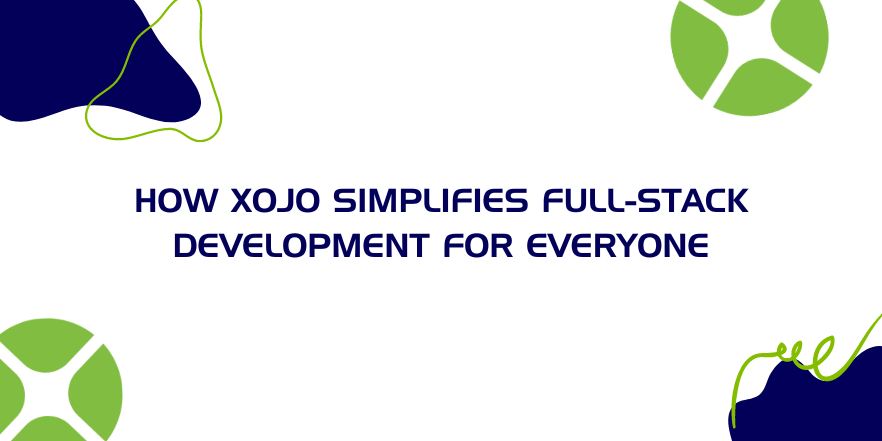Ever felt overwhelmed by the sheer complexity of designing a mobile app that not only works but also delights users? As a solo developer, you’re…
Comments closedTag: Software Development
If you are a longtime 4D developer you may recognize my name because I worked for 4D, Inc. (then ACIUS, Inc.) back in the early…
Comments closedOn November 12th Thomas Kurtz, the co-inventor (along with John Kemeny who passed in 1992) of the BASIC programming language died at the age of…
Comments closedI had a call recently from a customer whose upstream supplier informed them that they would not be accepting anything less than TLS 1.2 encryption.…
Comments closedImagine building a complex online marketplace with millions of users and a vast product catalog. How can you ensure scalability, flexibility, and resilience in such…
Comments closedDesktop application monetization is essential for developers to generate revenue and sustain their businesses. Selecting the right approach from numerous available strategies can significantly impact…
Comments closedWhen you’re working on small to medium-sized projects, Xojo’s default IDE window view is probably all you need: all the elements of the project are in plain view and you can easily switch between them. However, things inevitably get more complex when dealing with larger projects. You may need to locate and edit several related items, larger projects likely include multiple methods, events, properties and modules, all of which may be be in their own folders created to organize their functionality or components.
In this article we will highlight several functions provided by the Xojo IDE that allow you to speed up and improve productivity in your large projects.
Comments closedWe’ve gotten a requests over the last few months asking about Xojo’s support for Windows on ARM and it seems like some people are not…
Comments closedThe demand for skilled full-stack developers continues to grow in 2024. These developers handle both the frontend and backend of applications, ensuring a smooth user experience from start to finish. As businesses strive to deliver robust, efficient and visually appealing applications, developers and their choice of programming tools can impact the speed, scalability and overall performance of a full software solution.
Presented with choosing what development tool is best for your main, full-stack development needs, let’s discuss the benefits of Xojo development platform for your next web project. With its simplicity, flexibility, and powerful features, Xojo will help you create high-quality web applications quickly and efficiently, with the added bonus of covering backend and frontend development in the same IDE—no more language switching—while also lowering your overall costs.
Comments closedIn the world of software development, efficiency is a central aspect. This is especially true for applications developed in Xojo. Excessive overhead can significantly impair performance and negatively affect the user experience. In this article, we will take a detailed look at what overhead is, how to identify it, and what techniques, tips, and tricks can be used to minimize it. We will particularly focus on using code profiling.
Comments closed
